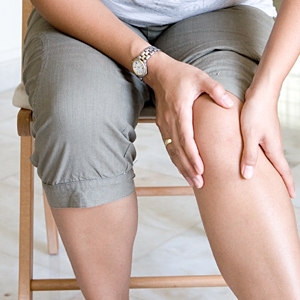Thrombosis is a blood clot that forms in a vein and obstructing ends, causing a heart attack. But what causes the thrombosis, what its signs are or how to prevent it. Then we clear these and other questions about thrombosis.
Thrombosis causes
The causes of thrombosis can be many, it may be hereditary factors that cause diseases that produce thrombophilia (number of diseases that increase clotting levels in the blood); then have acquired factors such as surgery that may have altered the venous flow, slowing circulation and increasing the chances of suffering from stasis (stagnation of blood in any area of the body).
Another reason, perhaps less common is the presence of neoplasia (a cancer), make substances that derive in thrombosis. Also unusual is the gestation period or pregnancy, the persons who are predisposed raise its risk factor; as well as patients who consume contraceptives, corticosteroids or tamoxifen, this last medication used in the treatment of breast cancer. Other factors cause thrombosis is a sedentary lifestyle and lack of mobility (disabled patients with paralysis), smoking and obesity. Among the most common are the deep vein thrombosis which is usually present in the lower limbs; pulmonary embolism and less common arterial thrombosis.
Signs of thrombosis
If you have the so-called hereditary factor, i.e. if in your family have a history of thrombosis, is enough reason to be defensive against thrombosis. The leg pain that increases with flexion of the foot is another clear signs of thrombosis; also it can inflate one or both legs and can feel warmth in these extremities.
When the pain is deeper and stronger, there is a functional limitation in extremities, there is a color change, and the affected limb experiences a strange cooling; it is likely to be opposite a picture of arterial thrombosis.
How to prevent thrombosis
Thrombosis as many blood diseases can be prevented, and to do so we should:
- Having a balanced diet regardless of obesity and foods high in fat and carbohydrates.
- No Smoking.
- Do cardiovascular exercises at least 30 minutes a day.
- Having a regular medical evaluation, even if you have the hereditary factor.
- If you are going to make long trips, precautions should be taken as anti-varicose veins or request prescription medicines for preventing thrombotic episodes.
- To the most minimum signal go to the specialist doctor.
